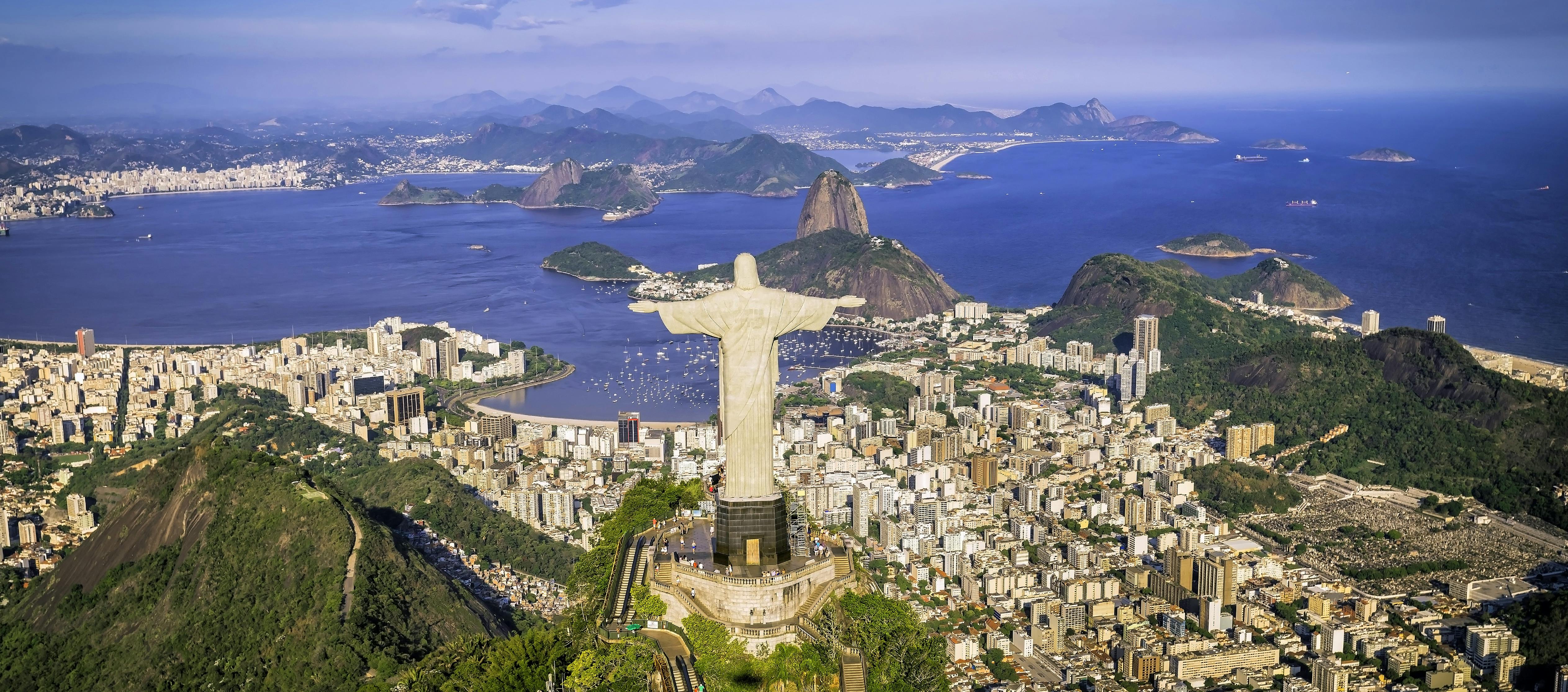Everything You Need to Know for Your Cruise to South America
Potatoes and chocolate. The Girl From Ipanema. Soccer and Péle and Maradona. Magical realism and carbon sequestration.
These are but some of the riches of South America that open to you on Silversea cruises to this continent.
With its head washed by the balmy Caribbean and its toes chilled by the stormy, frigid waters of Antarctica’s Southern Ocean, South America, Earth’s fourth largest continent carries many distinctions, including a range of experiences as fascinating as any on the planet. Cartagena, Colombia, is as different from Tierra del Fuego as Anchorage, Alaska, is from Key West, Fla.

The Amazon, the world’s greatest river, and the greatest tropical rainforest are both here. This is the second longest continent, stretching 4,700 miles from the Caribbean to Cape Horn. Spanish, the world’s fourth most common language, is spoken by more people here (220 million or so) than anywhere else.
Other superlatives:
• The world’s southernmost town is Puerto Williams, Chile. The southernmost city is Ushuaia, Argentina, with a population of 60,000. Both are Silversea ports of call.
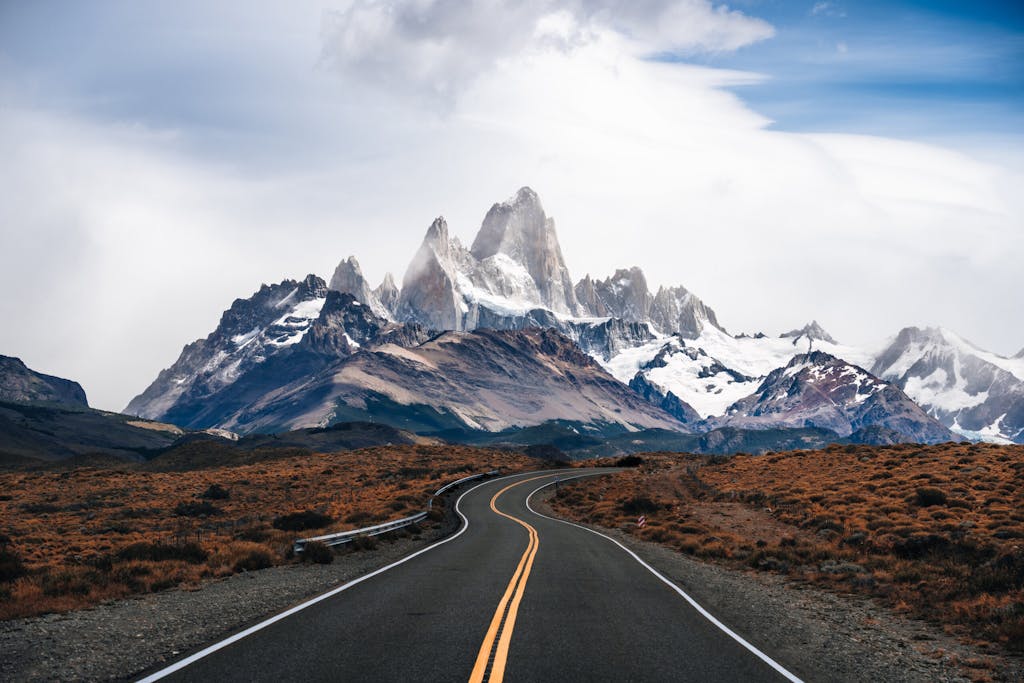
• The Andes Mountains stretch 4,350 miles from one end of South America to the other — the longest range on the planet — and hold the highest peak (22,385-foot Aconcagua) outside of Asia.

• The Pampas grasslands that cover much of Argentina, Paraguay, Brazil and Uruguay provide ideal livestock-raising land, and at 460,000 square miles are generally considered among the top five largest on Earth. It’s no accident that in this part of the world, beef is what’s for dinner.

• Chile’s Atacama Desert is the world’s driest place, sometimes receiving no rain for years.

• The fjord lands of far southern Chile and Argentina comprise one of just three places on this planet to see these memorably scenic geographic features, including massive glaciers holding on against a warming climate.
What’s the difference between Latin America and South America?
South America is part of Latin America, which also encompasses Central America and the Caribbean. The term “Latin” refers to speakers of Romance languages. Throughout Latin America, other linguistic heritages include English, French and Dutch in a few small Caribbean and South American countries.
The many faces of South America
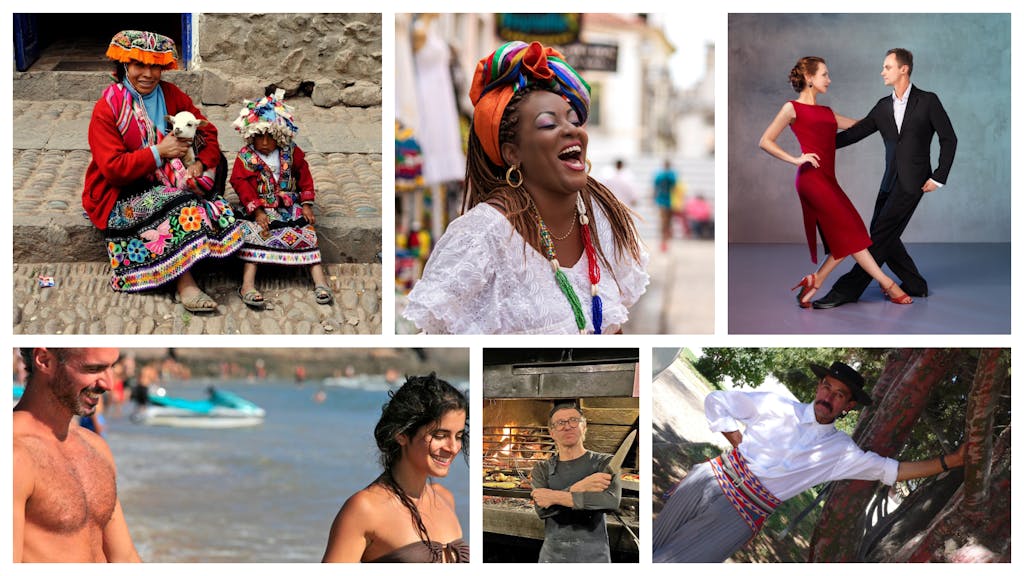
Most residents of the continent would identify first by nationality — Chilean, Colombian, Brazilian — and second as Latin Americans. The entire continent holds about 440 million people, slightly less than the European Union.
Many anthropologists think humans arrived in South America about 14,000 years ago, coming from Asia as North America’s indigenous peoples did (although new discoveries seem to be pushing the date farther back, creating controversy in the academic world). They separated into several hundred discrete peoples, some of whom created vast sophisticated civilizations — perhaps most famously, the Inca, whose stores of gold, gems and silver inflamed Spanish conquistador fever.
The entire continent was subdued by Spanish and Portuguese interests within a century. Catholicism was imposed, and disease, war and starvation reduced the indigenous population to less than a tenth its original size.
Successive waves of European colonial immigration led to a population blending Iberian and indigenous blood. Enslaved Africans were brought over in the 18th and 19th centuries, adding to the mix. The 20th century saw several influxes of other Europeans seeking better lives or escaping difficulties back home.
Just two countries today have significant remaining indigenous populations: Bolivia (60 percent) and Peru (slightly less than 50 percent). Argentines and Uruguayans are largely European in ancestry; Chile, Colombia and Peru contain large mestizo populations.

The result of these cultural cross-currents is a continent of vivid blends — culinary, musical, political, religious, historic. Its diverse depths are perhaps the impetus behind South American literature’s magical (also called magic) realism, a brand of fiction in which inexplicably mysterious, otherworldly happenings upend seemingly straightforward narratives.
British Critic David Lodge described it this way: “When marvelous and impossible events occur in what otherwise purports to be a realistic narrative,” a style that marks the work of Colombia’s Gabriel García Márquez (“Love in the Time of Cholera”); Chile’s Isabel Allende (“The House of the Spirits”); and Argentina’s Jorge Luis Borges (“The Book of Sand”).
Keeping the faith
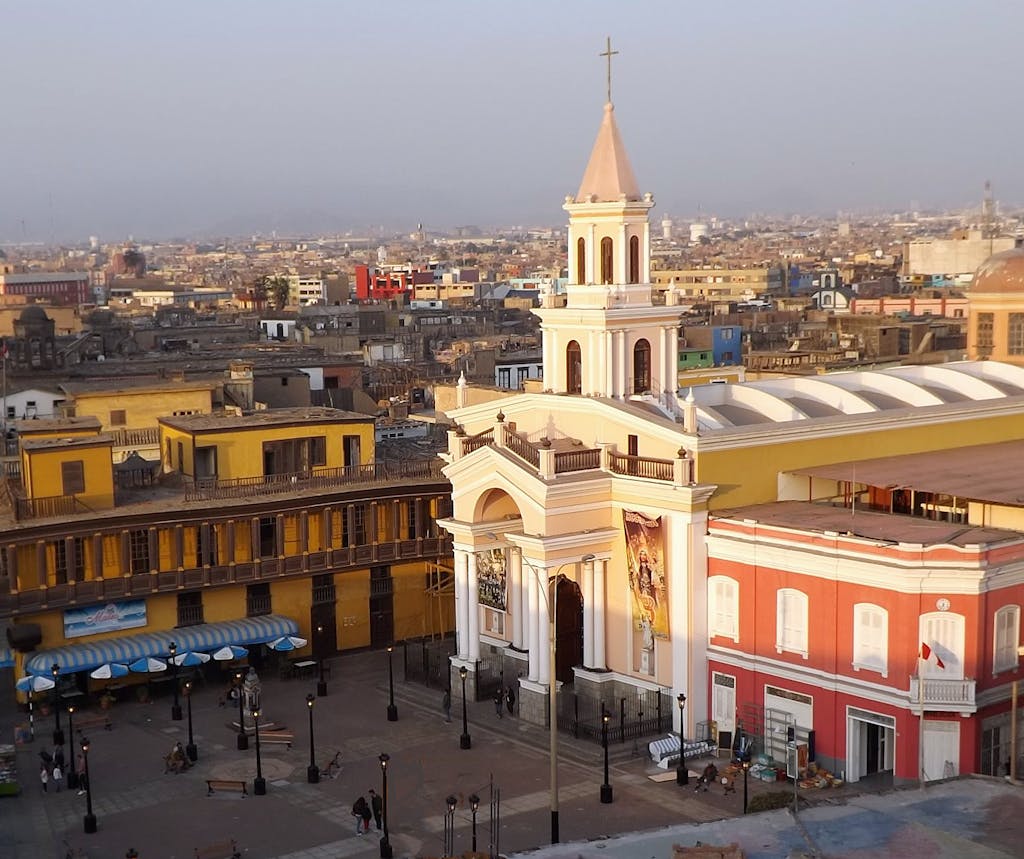
At one time few regions on Earth were more single-minded in their religious affiliation than South America, where more than 90 percent of its churchgoers were Roman Catholic.
“In Latin America, even atheists are Catholic,” novelist Carlos Fuentes said in jest, a remark that hints at the continent’s ambiguous relationship with the institution that was its primary force for half a millennium.
Most surveys indicate that more than two-thirds of South America’s citizens still identify as Catholic, but the church’s hold is loosening. A 2020 poll showed less than half of Argentines call themselves Catholic—despite the fact Pope Francis was born in Buenos Aires—and barely a third of Uruguayans.
Evangelical Christian faiths are stepping in to some extent, but as in other parts of the developed world, the no-specific-religion cohort is gaining most rapidly.
Nonetheless, Catholicism remains a powerful force in South America, one that visitors can gain the most from by respecting and appreciating. Dozens of famous churches and cathedrals dot the continent, including sites in Buenos Aires, Lima, Peru; Quito and Guayaquil, Ecuador; and Montevideo, Uruguay.
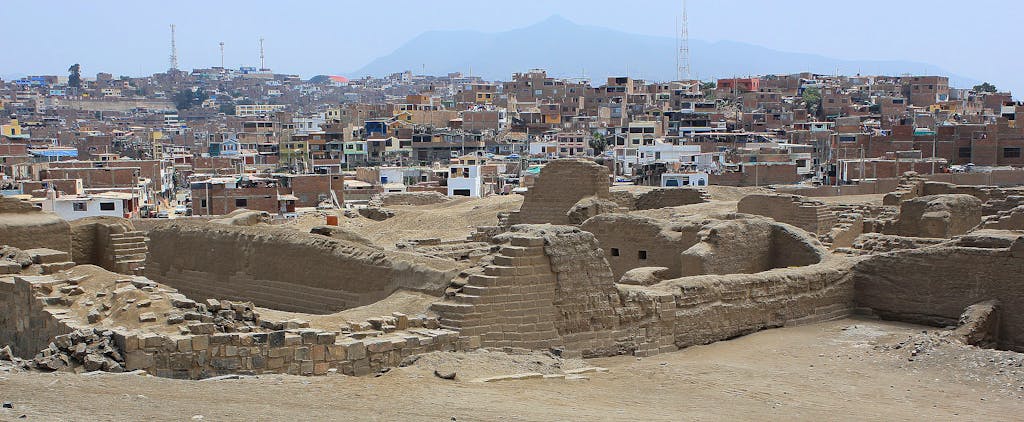
Pachacamac ruins just outside Lima are a UNESCO site. Some of the ruins date to 200 B.C./Wikimedia Commons Photo by László Varga
Cartagena’s historic Old Town is a UNESCO World Heritage site, one of the best preserved such districts in the Western Hemisphere. It bustles with cafes, nightclubs, galleries and shops along the cobblestone streets.
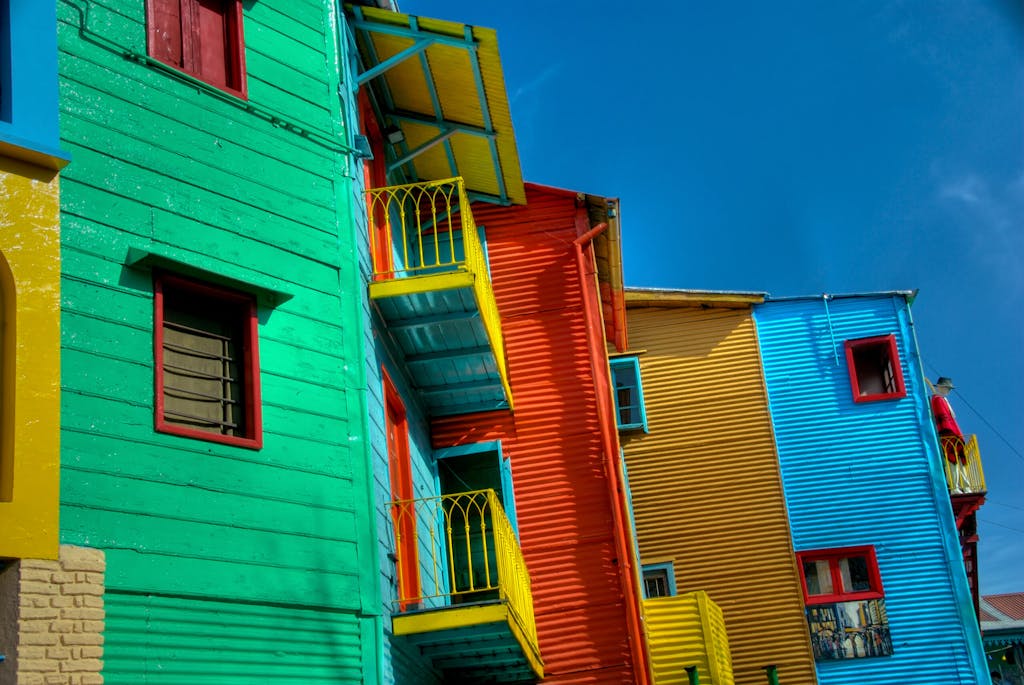
The same is true for Montevideo’s historic neighborhoods, and several districts in Buenos Aires, including the touristy but colorful Caminito block in La Boca portside area.
The ancient civilizations of Peru left ruins and monuments as impressive as those in Mexico. Several sites near Lima are reachable on day tours from the port, including Pachacama, a key Inca pilgrimage center just outside Lima, as well as the 4,000-year-old ruins of the Caral civilization northwest of Lima.
The center of Lima dates back centuries as well, although most of its best-known buildings represent an early 20th-century “neo-colonial,” style, including the ornately figured Archbishop’s Palace.

More recent history is just as intriguing in French Guiana at the former penal colonies of the Isle Royale complex.
French Guiana was once the home of several of Earth’s most notorious prisons, including the infamous Devil’s Island of “Papillon” fame. It was also the site of the hut that imprisoned Alfred Dreyfus, a French military officer of Jewish descent who was convicted of treason in 1894 on flimsy (and later discovered to be false) evidence and sentenced to life in prison. He was sent to Devil’s Island in April 1895 and became a target of anti-Semitism. Despite evidence to the contrary, Dreyfus was not exonerated until 1906, and the French army did not proclaim his innocence until 1995.
Conditions were horrible. About 40 percent of the prisoners died, thanks to disease and abuse. The jungle on these now-peaceful isles is slowly reclaiming the prison stone works. It’s a memorable place to contemplate the inevitability of decay for human enterprises that at one time seemed impregnable and now seem repugnant.
What about South American music?

Without a doubt: “The Girl from Ipanema” is the second most recorded song of all time, behind only Paul McCartney’s “Yesterday.” It was composed by bossa nova musicians who frequented a café in Rio (the view from Mount Corvocado is pictured at the top of this article) near a then-little-known beach, and the famous English version was sung by musician Joao Gilberto’s wife, Astrud, for whom it was her first recording.
Bossa nova joins samba among popular South American music styles, along with cumbia, the Colombian dance genre, and of course tango, the instantly recognizable, quirkily syncopated Argentine musical way of life.

“Evita” tells the story of Eva Perón, the wife of the sometimes beloved, sometimes reviled South American dictator Juan Perrón. It was created by British impresario Andrew Lloyd Webber. Visitors to Buenos Aires may be puzzled by indifference to Evita and Juan Perrón, except in souvenir shops. Tango and soccer player Diego Maradona are far more central to life in BA than anything Perrón.
What if I don’t speak Spanish?
Or Portuguese, Brazilians would add.
Long dependent on tourism for significant shares of their economies, most South Americans working in the travel industry have a serviceable grasp of English. That said, as with anywhere, it is a fine and useful thing to learn some basic phrases in Spanish (or Portuguese).
Water, water everywhere
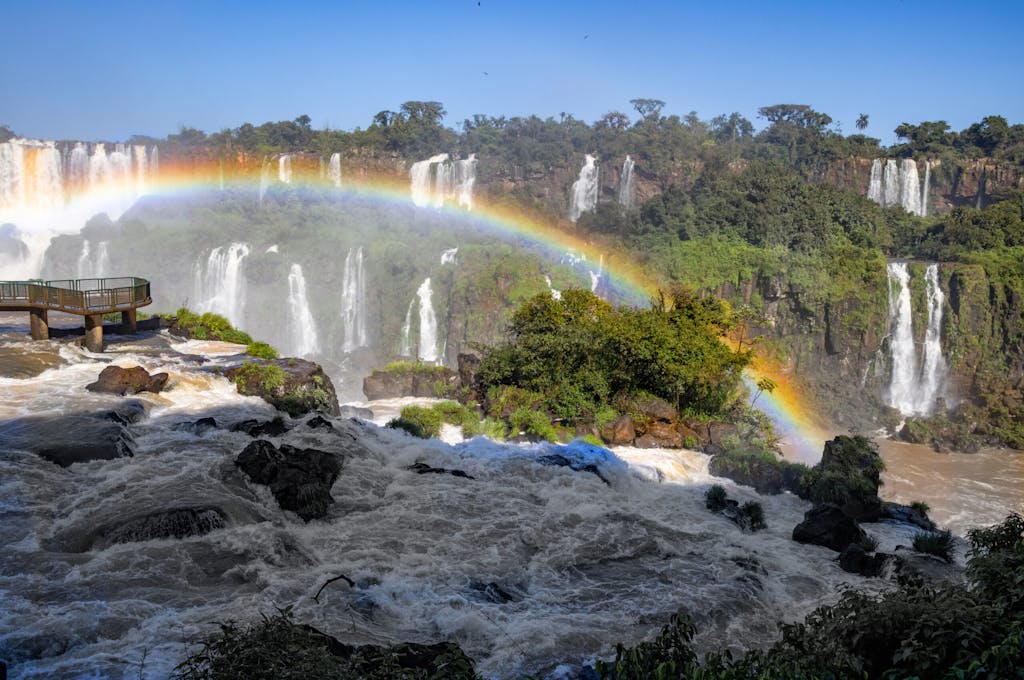
Although the Amazon is not the longest river, losing that title by 150 miles to the Nile’s 4,150, it is by far the biggest, discharging 224,000 cubic meters a second — five times as much as the Ganges, which is No. 2. It drains the world’s largest watershed, and is so mighty that Manaus, 900 miles inland, is a port for oceangoing vessels (including Silversea ships).
The Orinoco, whose source begins in the Guiana Highlands, and the Parana and the Plata, generally considered an estuary of the Parana, also rank in the top 10 worldwide.
Why all the water? The Andes present an unbroken, 4,350-mile barrier to atmospheric flow from the Atlantic and Pacific oceans; the mountainous heights are generally well above 10,000 feet along that entire length, and wring rain and snow from the clouds.
As a result, five of the world’s 10 biggest waterfalls are also in South America, including Iguaçú, on the border between Argentina and Brazil.
And all those trees

The Amazon rainforest is the largest single tropical forest in the world, at 2.5 million square miles and an estimated 400 billion trees. All those trees make up a massive natural carbon sequestration engine; 200 billion tons of carbon are stored in the forest and ground.
The Amazon holds 10 percent of all species on Earth, scientists estimate, and 300 to 400 indigenous tribes of whom some may still not have been contacted by modern civilization.
What to pack for South America

A South American cruise may start in the equatorial tropics and take you all the way to the chill of the sub-Antarctic chill. You don’t need cold weather gear north of Buenos Aires. But it’s best to have a range of apparel, especially for shoulder-season sailings in spring and fall.
If you’re going to try tango, high heels have traditionally been considered a necessity. Otherwise, urban residents here, as in the rest of the world, dress comfortably more than formally most of the time.
What’s for dinner in South America?

Is it all meat all the time?
It can certainly seem so, especially in Brazil, Uruguay and Argentina, who between them share millions of square miles of land ideal for raising cattle and, to a lesser extent, sheep, goats and pigs.
All three of those countries appear in global Top 10 lists of meat consumption per capita, and what’s on the plate is mostly beef… mostly grilled over hardwood flame or coals by skilled chefs practicing an art that meat fanciers believe reaches its greatest heights here.
Interested diners can watch the cooks at work, cheerfully wielding tongs and knives and overseeing their fiery cookery with laser focus. Diners may order specific cuts a la carte — including some unknown in North America or Europe, such as Uruguay’s pulpa — or choose from an array brought tableside by waiters bearing huge platters of just-cooked meat.
All are highly flavored and largely grassfed, and the best restaurants are as popular with residents as with tourists. Montevideo and Buenos Aires are world capitals of this cuisine.
In Brazil, the full experience is known as churrascaria. In Uruguay and Argentina, it’s parrilla. In Buenos Aires, the steak and chop menu is supplemented with choripán, a chorizo-like sausage grilled and served on a baguette with onions and, of course, chimichurri (see below).
What about potatoes?
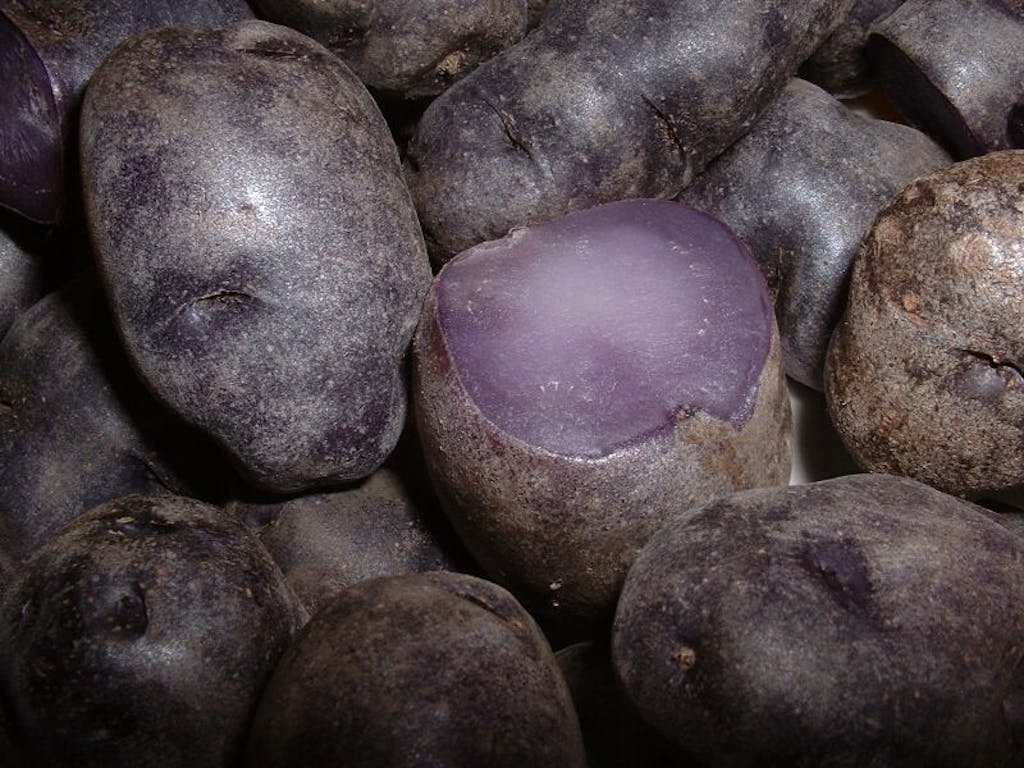
Chefs in Peru and Ecuador are reclaiming their indigenous food heritage (these are the original homelands of wild potatoes) by featuring heirloom varieties of this staple food as ingredients in main dishes, or accompaniments. There are literally hundreds of types of potatoes in a wide array of colors (red, pink, yellow, blue, purple), sizes and characters. Perhaps the best-known outside South America is the Peruvian purple potato.
Is the food spicy?
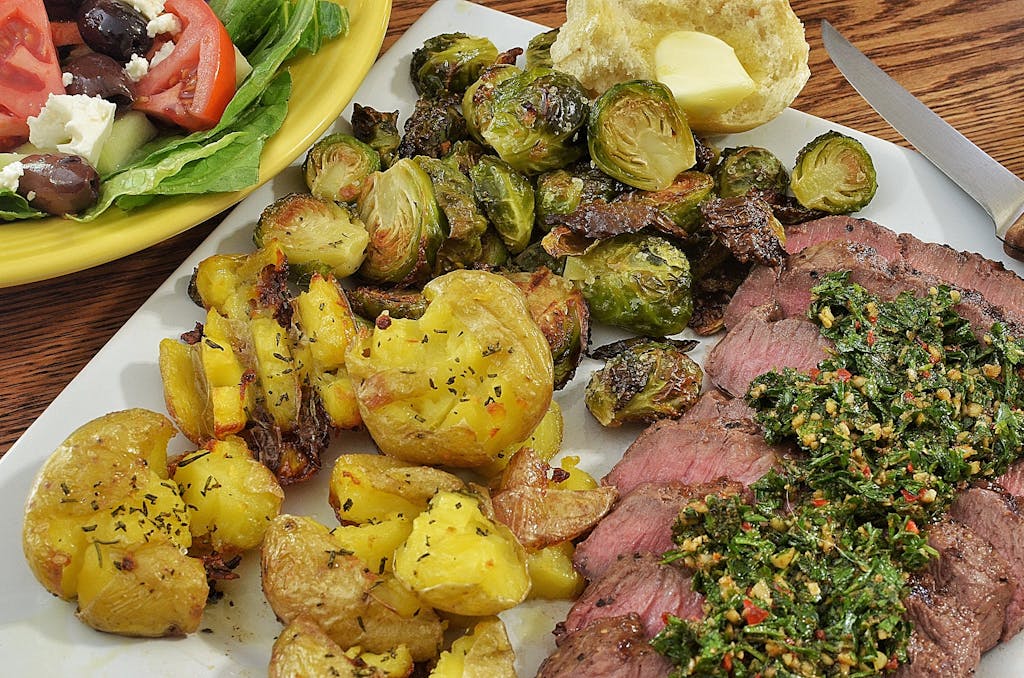
Not really. Chile peppers, the mainstay of “hot” food, are native to Central America and the cuisine south of Panama is far less reliant on hot spice.
Chimichurri, the famed sauce of Argentina (and common in many other South American countries) consists of parsley, garlic, oregano, olive oil and vinegar, with perhaps a few pepper flakes tossed in.
South Americans put chimichurri on bread, meat, potatoes and more because good chimichurri is always fresh, brightly colored and pretty darn addicting.
And a new world culinary capital is…
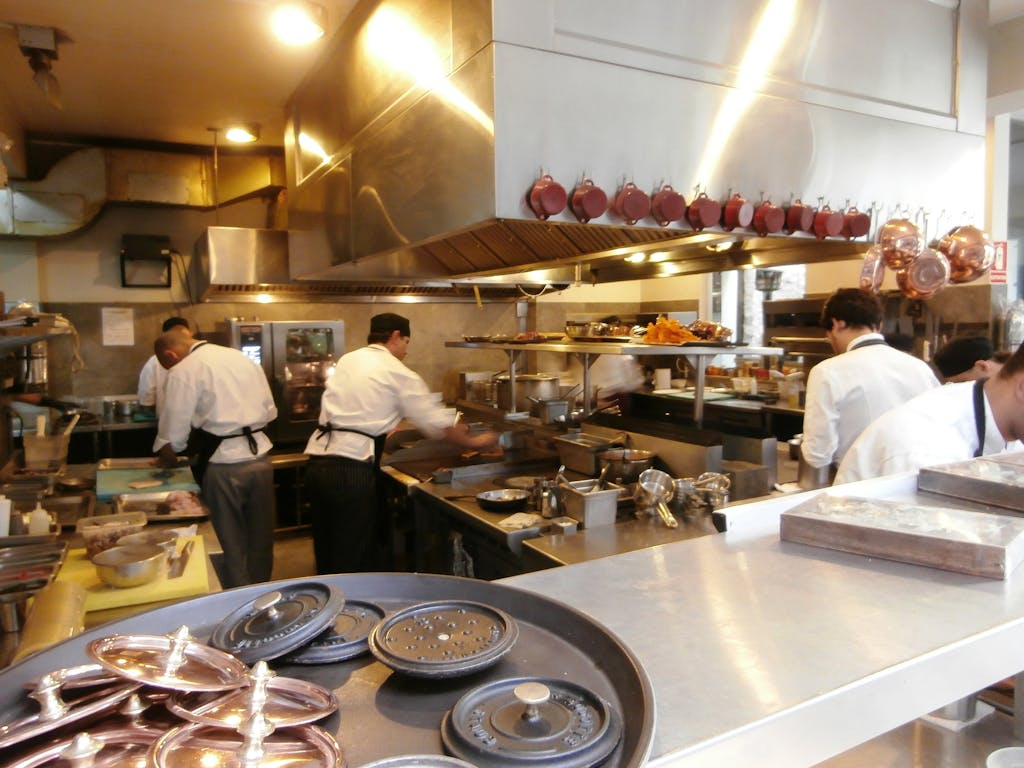
Although meat is the mainstay on the Atlantic side of South America, seafood holds the same position on the Pacific side of the Andes.
As a result, Lima has become a go-to locale for gourmands around the world, as its 21st century seafood cuisine blends new and old techniques and traditions in sensational ways. In 2023, Lima’s Central restaurant was named best in the world atop the list of 50 best restaurants, according to the William Reed media company’s annual rankings. It was the first time the top spot was outside Europe or North America.
It’s tough to get reservations for Central, of course. But there are dozens of fine seafood cafes in Lima (many in the hip Barranco District that is Central’s home, as well as nearby Miraflores). Dishes blend elements of Continental, Asian and indigenous South American cuisine, with signature dishes that include tiradito, a form of ceviche; arroz chaufa, seafood and rice; parihuela, a savory seafood stew; and causa rellena, a delightful casserole with seafood layered between potatoes.
Valparaíso, Chile, is another renowned seafood destination, where you’ll find many similar dishes, as is Guayaquil, Ecuador.
Chocolate, anyone?

A team of ethnobotanists demonstrated in 2018 that cacao cultivation began more than 5,000 years ago in a region of the upper Amazon that’s now in Ecuador. The delightful bean was domesticated by the Mayo-Chinchipe people and spread from the Amazon to Central America, where it became a key facet of Olmec, Aztec and Maya culture — and headed eastward in what’s known as the Columbian (a nod to Christoher Columbus) Exchange of foods between Eastern and Western hemispheres starting about 1500.
Fittingly, Ecuador now ranks third in the world in production of fine chocolate; Peru is not far behind.
Grilled meat or fresh seafood, potatoes and chocolate mousse for dinner?
An iconic South American culinary celebration. Get your palates ready.
Aside from sightseeing, what can I do in South America?
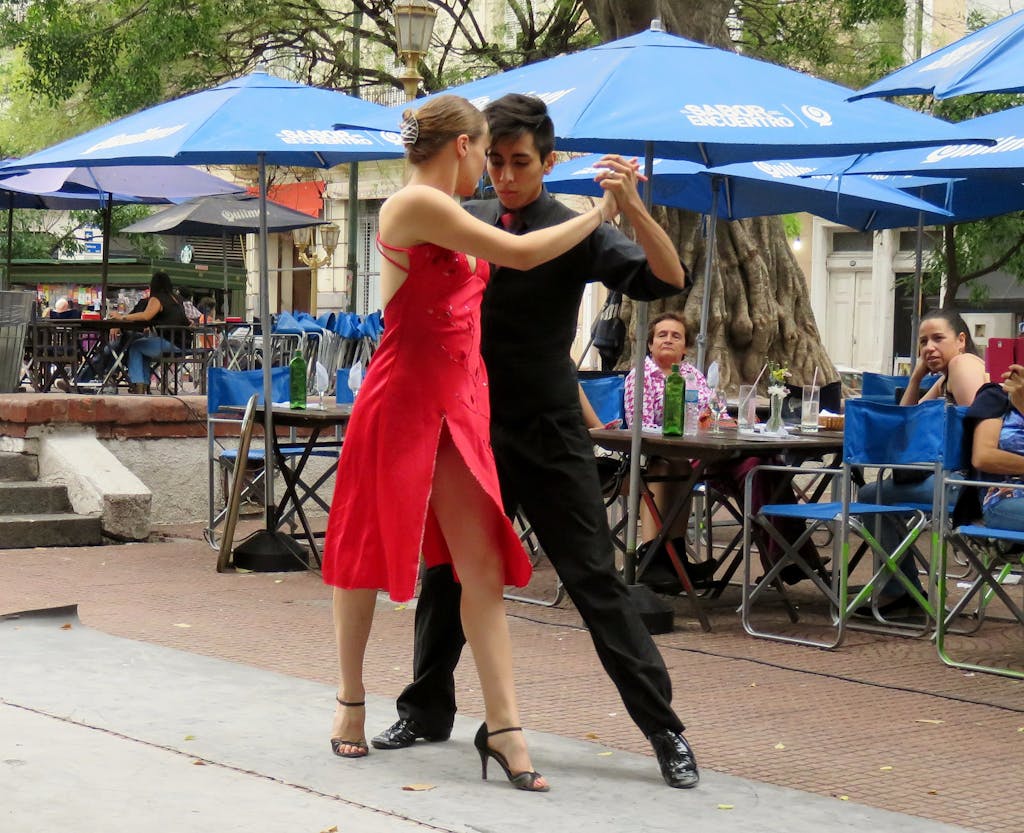
Got rhythm? East of the Andes, dance and dance music hold sway in public life like nowhere else. If there’s a parade in São Paulo or Rio, the participants dance down the street to a brass-and-drum band.
Tango is an everyday attraction in Buenos Aires — check out Plaza Dorrego in the San Telmo neighborhood, ground zero for tango —and Colombia’s cumbia, which is also popular there.
Look for spontaneous evening dances in public squares in Cartagena and for professional bands offering cumbia and salsa in the city’s numerous clubs and cafes.
There are several places — most notably San Telmo’s Plaza Dorrego — where visitors are welcome to step in with tango experts who otherwise provide demonstrations popular with tourists and locals alike. The latter are aiming a key critical eye at the goings-on, as the only aspect of life in Argentina that’s more important is fútbol (soccer).
But the key word in the question is “can” you. Tango is an intricate, elaborate, syncopated lead-and-follow exercise that, for anyone who has never tried it, would be like a beginner skiing a double-black slope. For women, high heels are almost mandatory, adding to the challenge.
The professional dancers, of course, do their best to help amateur participants, even rank beginners.
Up, up and away

Constant, reliable onshore breezes make paragliding popular along the Pacific Coast from Ecuador to Chile, especially in Lima, as the city perches atop seaside cliffs that create daily updrafts. Visitors to the upscale Miraflores neighborhood can gawk at dozens of paragliders breezing back and forth all afternoon and evening. Gliding companies offer guided tandem trips into the sky for first-timers.
Kite-surfing is widely available along the Pacific shore, too, although this more-demanding sport can be difficult for those who have never tried it.
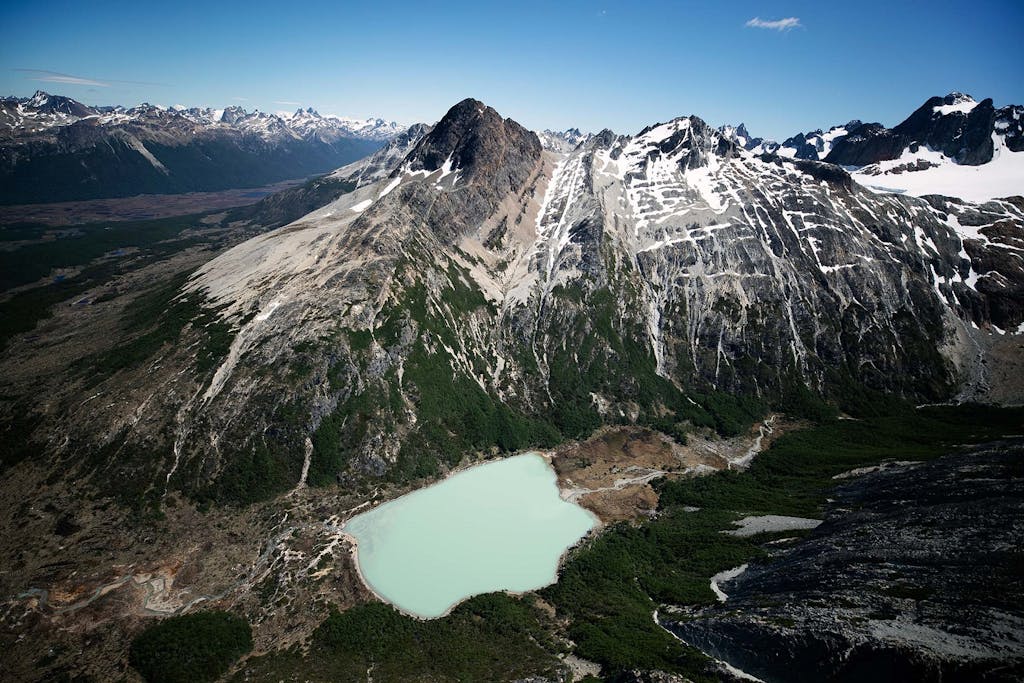
Hiking into some of the world’s most spectacular landscapes is available at numerous port calls in far southern Chile and Argentina, such as Ushuaia, Puerto Montt, Puerto Williams and Punta Arena.
Snowcapped jagged peaks, ice-blue glaciers, deep forests, sparkling fiords—nature’s majesty is on display.
A radically different but equally memorable landscape greets visitors to the Atacama Desert outside Antofagasta. The sere, vividly colored arid lands here are rarely touched by rain—though ironically, water erosion remains the key force shaping the terrain. This, like Death Valley, is one of the rare places where nothing obscures your view of the land’s very skeleton and outer skin.
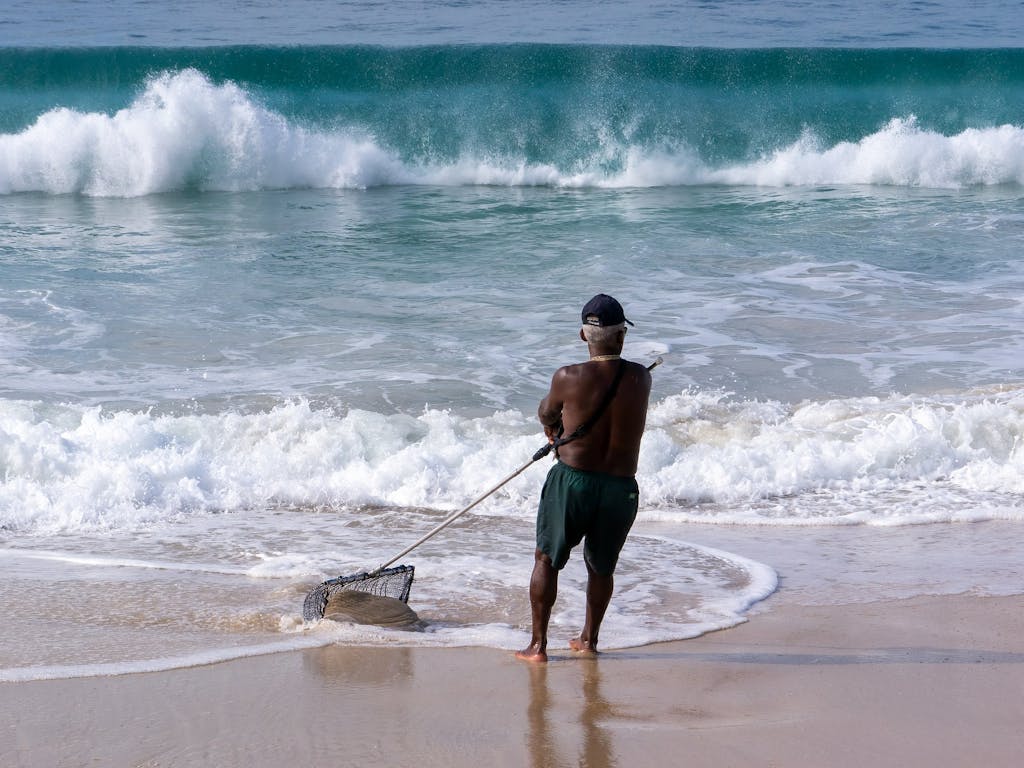
Snorkeling, diving and just plain tropical beach enjoyment are on tap along the coasts of Colombia, Brazil and Uruguay. Visitors will find sparkling blue waters, golden sands and tropical reefs for diving and snorkeling.
